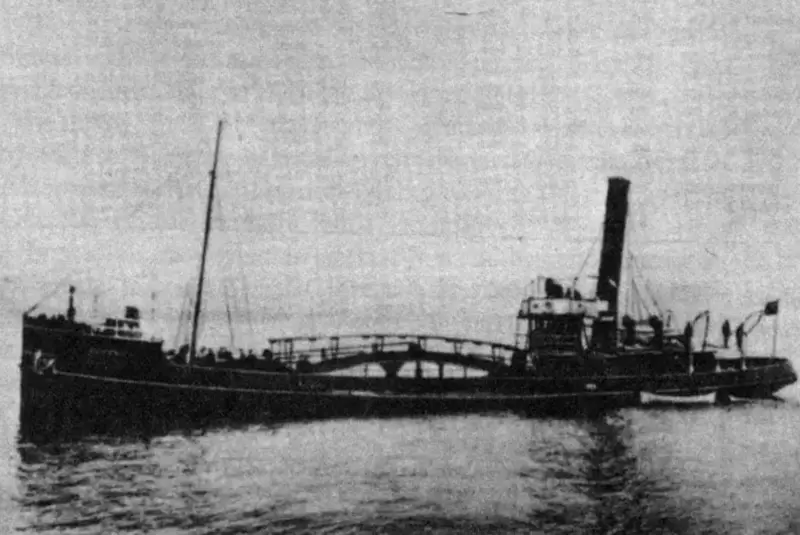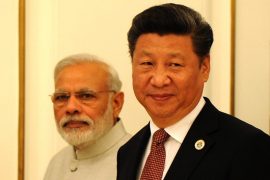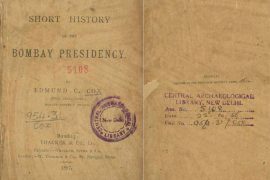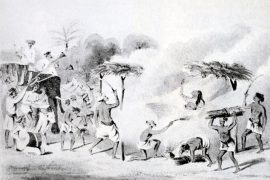The night of March 9-10, 1943, witnessed one of the most improbable and audacious covert missions of World War II. The operation, codenamed Operation Creek, involved a group of unlikely volunteers from the Calcutta Light Horse, a part-time auxiliary regiment composed mainly of middle-aged veterans and their colleagues from the Calcutta Scottish, another auxiliary regiment.
Their mission was clear, albeit incredibly ambitious: to capture or sink the German merchant vessel Ehrenfels, a ship that had become a crucial linchpin in the Axis powers’ effort to control the Indian Ocean. Little did these civilians know that they were about to embark on one of the most improbable Special Operations Executive (SOE) missions of the war.
Copyright©Madras Courier, All Rights Reserved. You may share using our article tools. Please don't cut articles from madrascourier.com and redistribute by email, post to the web, mobile phone or social media.Please send in your feed back and comments to [email protected]











